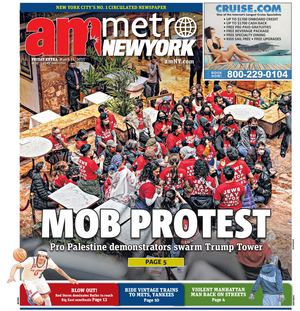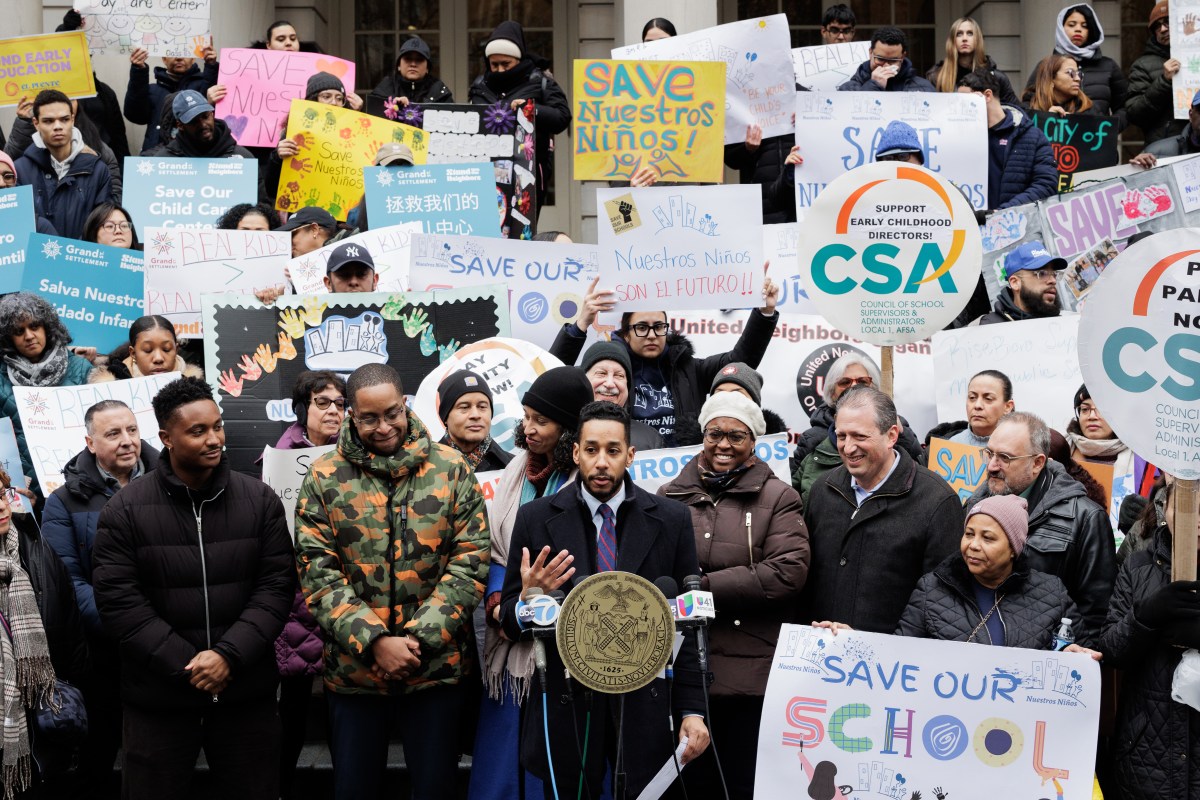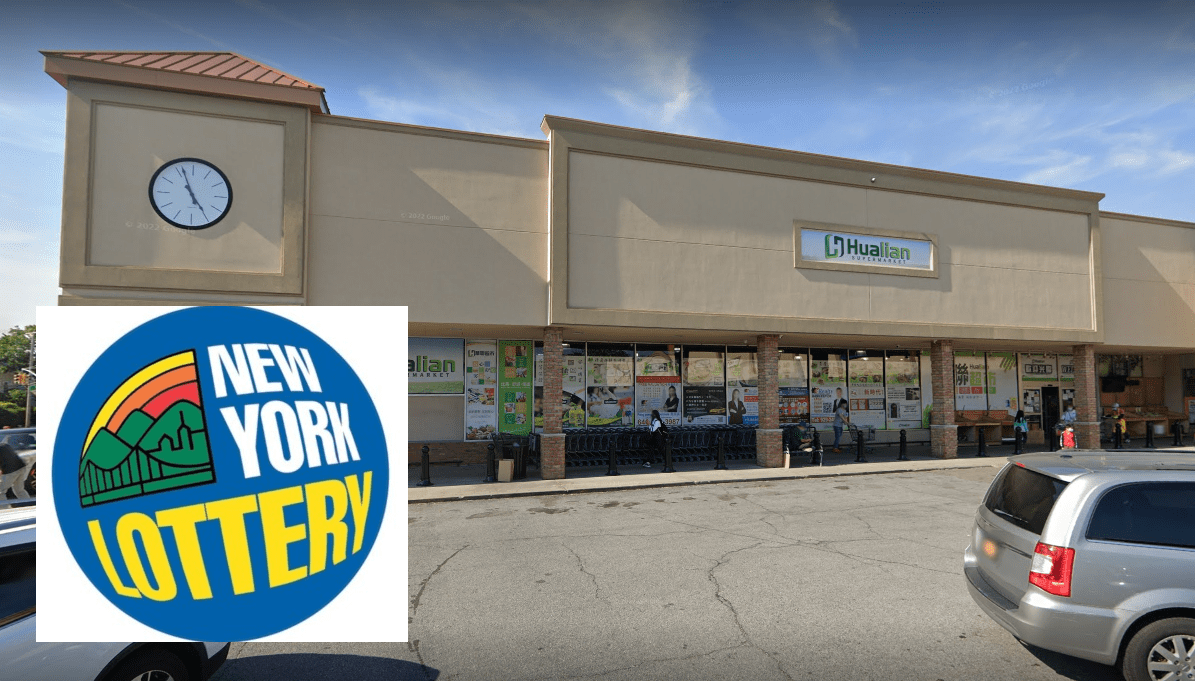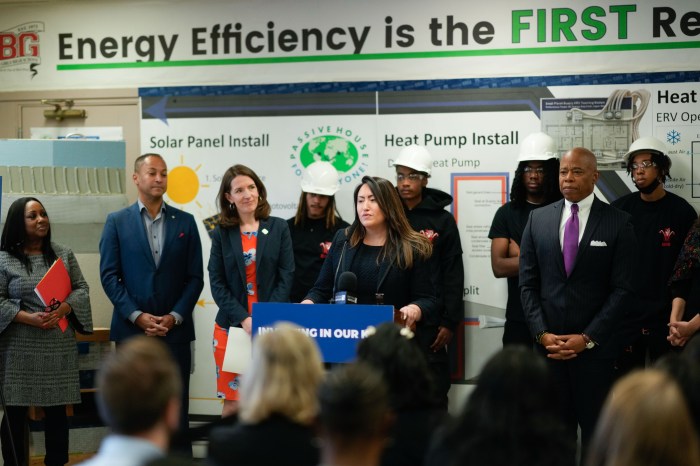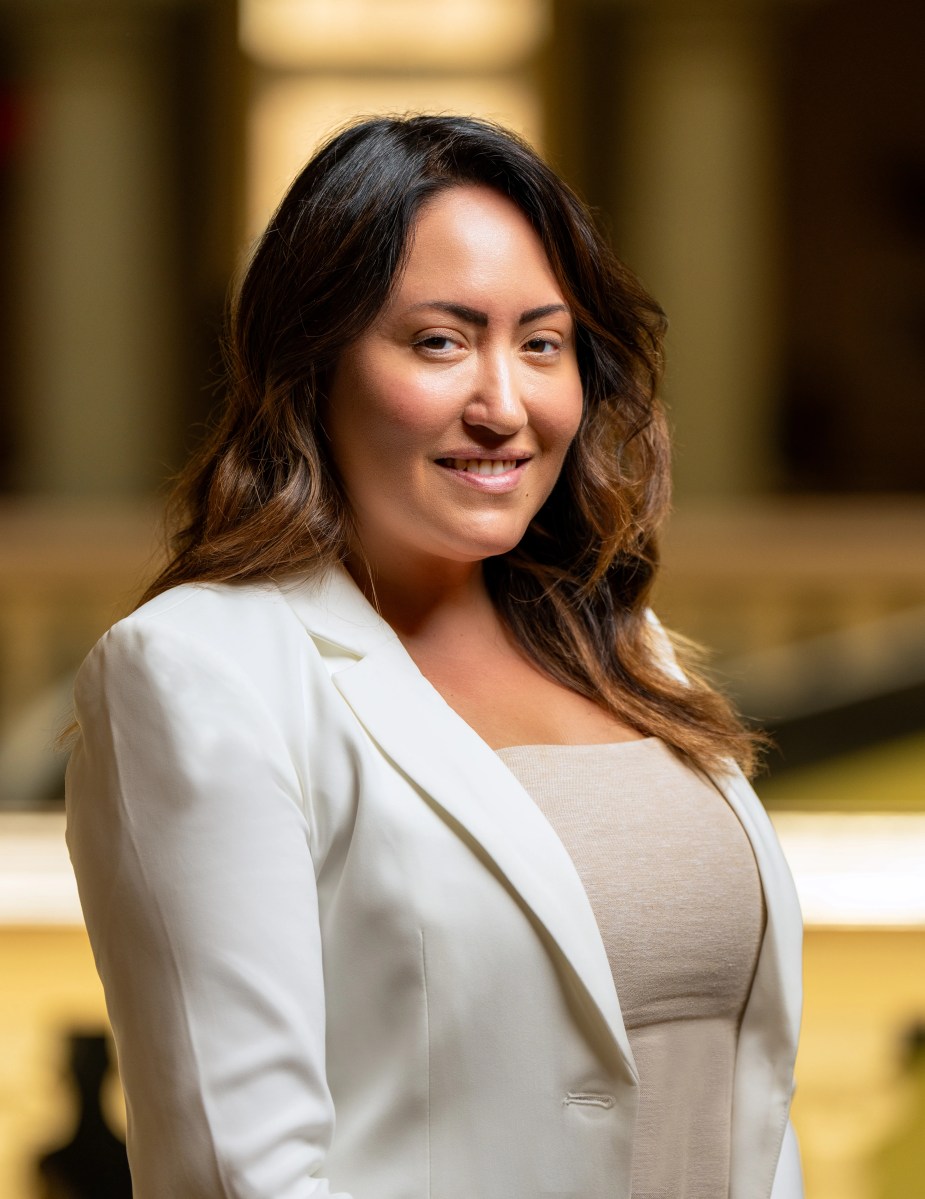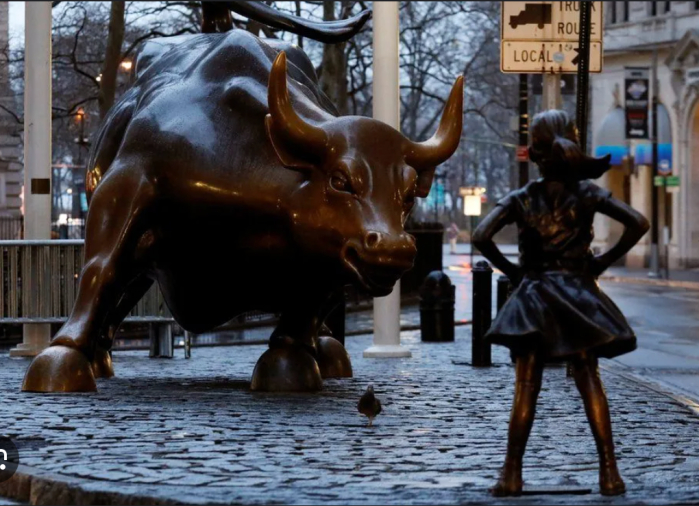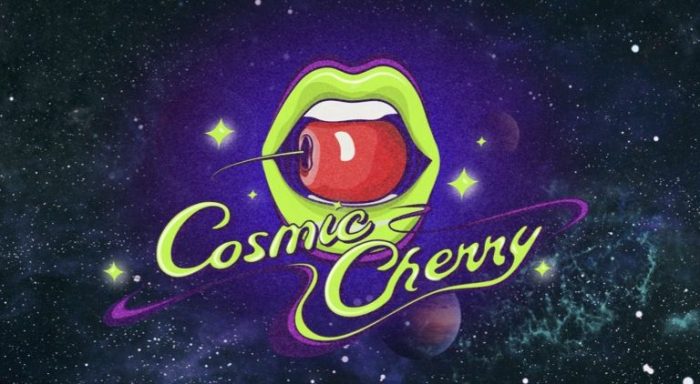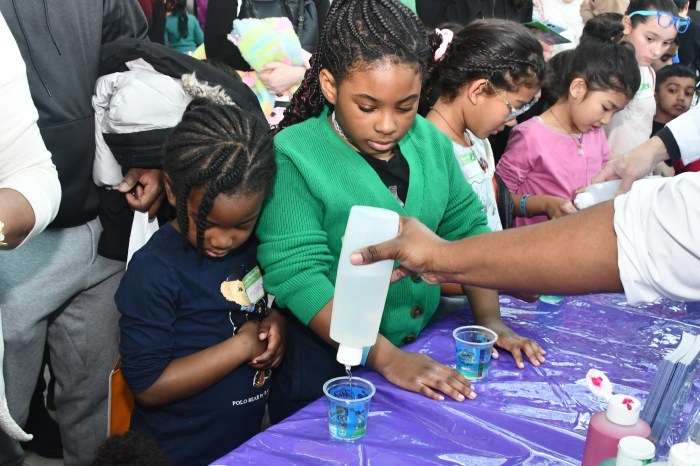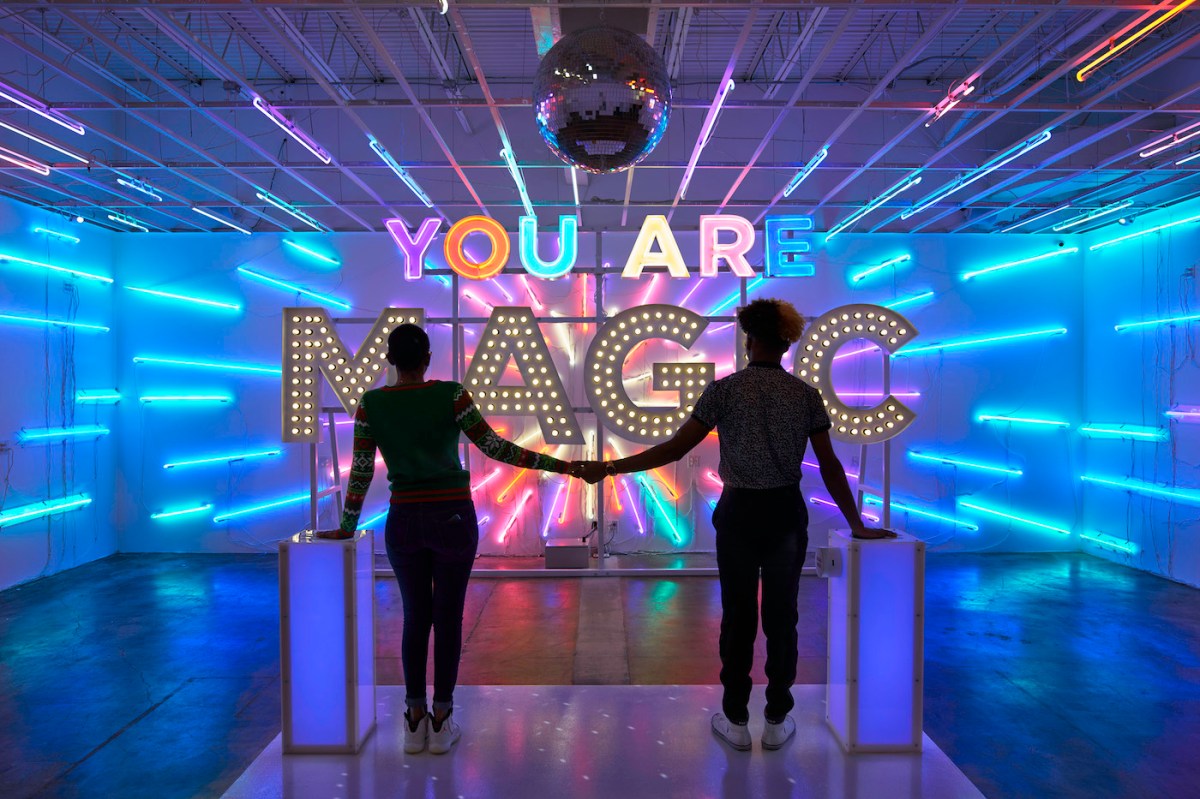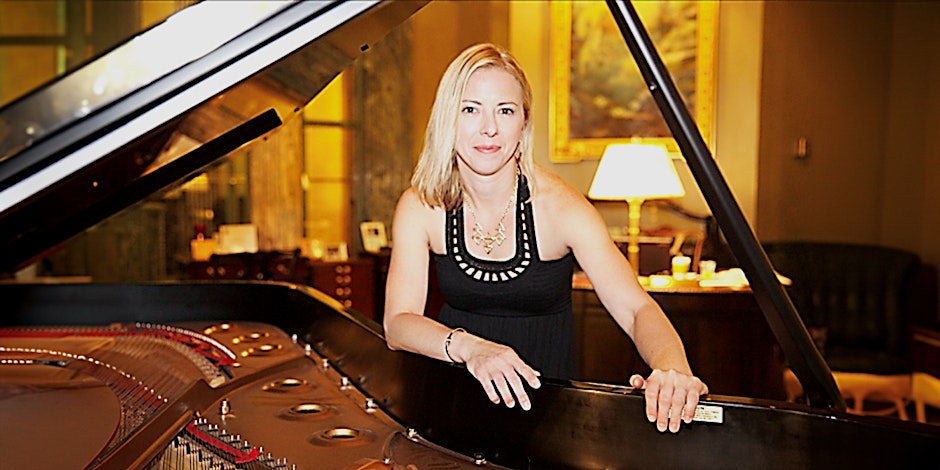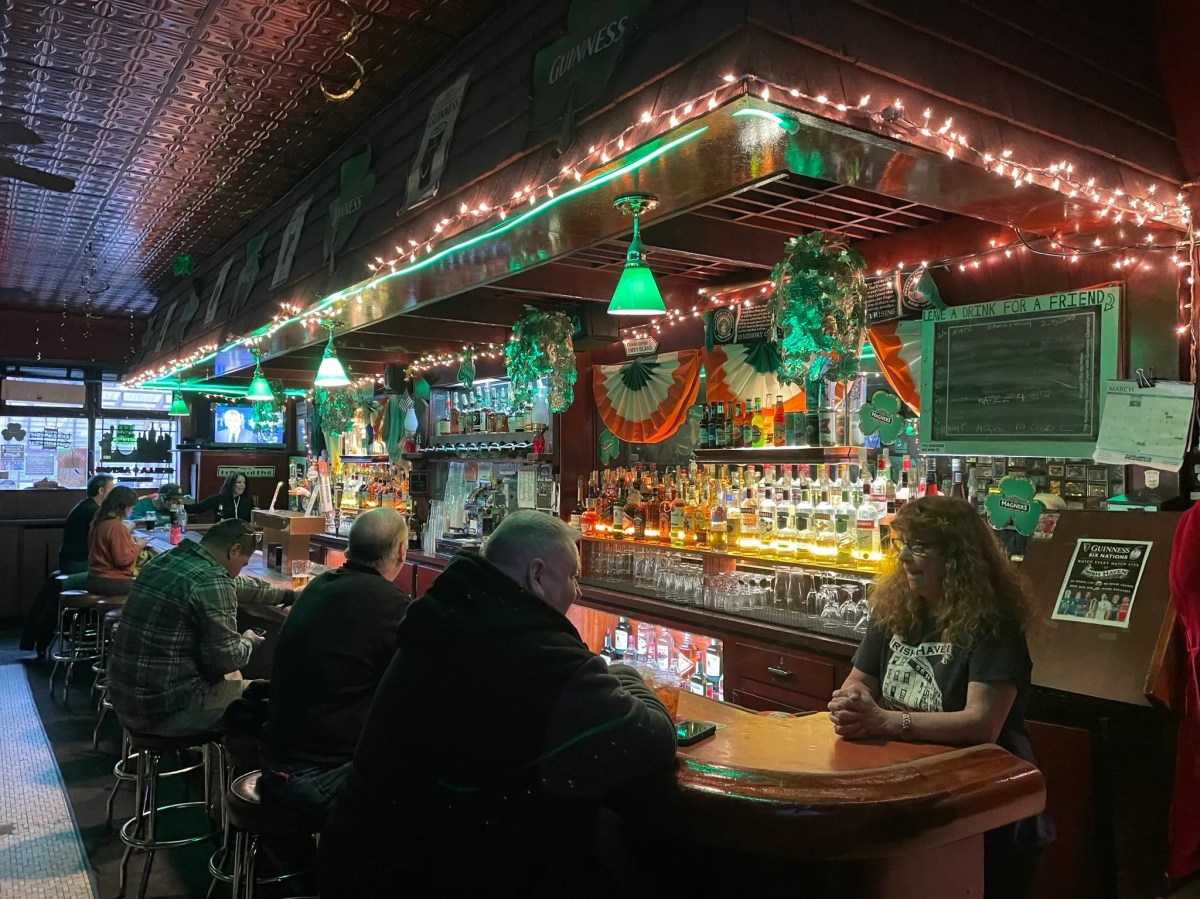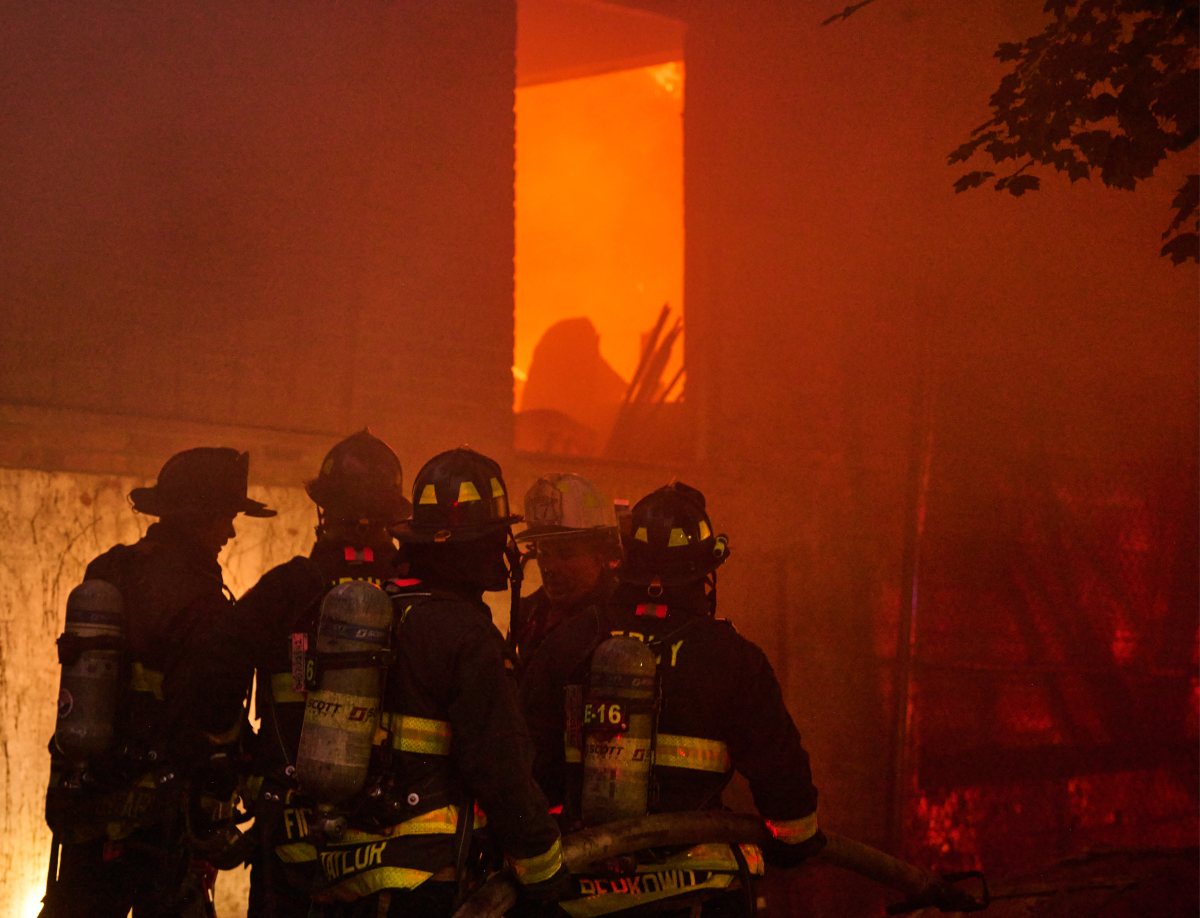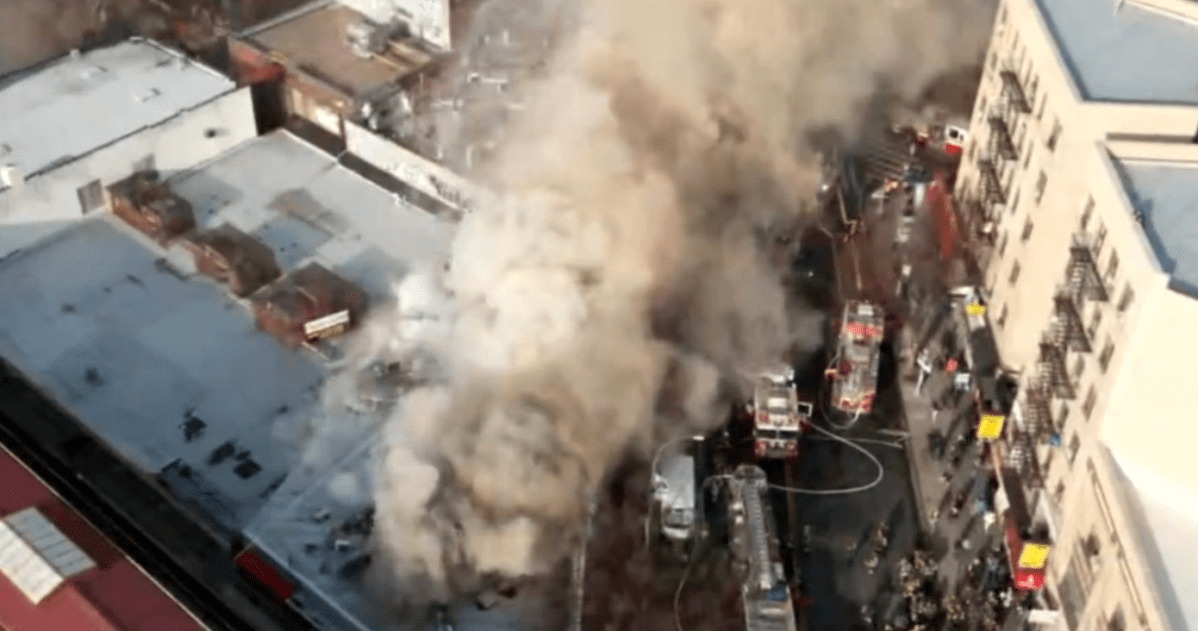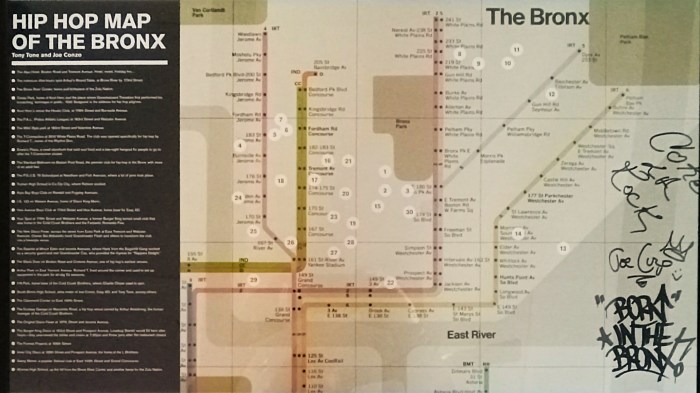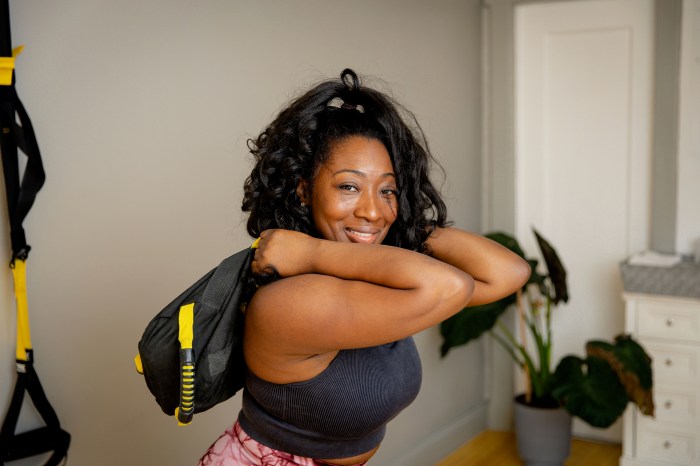NYC is home to hundreds of charter schools. Often overshadowed by news about public and private institutions, charter schools in NYC are growing in popularity, though they are not without their fair share of challenges.
As of 2025, 351 charter schools in New York were active, with nine more approved but not yet open. Over 280 of these schools are located throughout NYC’s five boroughs.
What is a charter school?
A charter school is similar to a public school in that it receives public funding, but it differs in that it has more curriculum flexibility and generally receives fewer dollars per pupil than district schools. Each school is overseen by a board of trustees, which can include educators and people from the private sector, under a contract called a charter.
Parents do not pay tuition to charter schools. Children are admitted through a lottery system. Independent from the NYC Department of Education, charter schools give educators more freedom in creating their curriculum, though they are still accountable to the people who authorized the school.
In other words, they can be shut down if they do not meet achievement standards.
Many teachers and parents prefer a charter-school education because of the teacher-to-student ratio.
“In a charter school, there is usually a class cap at around 20 students, depending on the schools,” explained Debbie, a NYC-based teacher who has worked in both charter and public schools.
Debbie said along with smaller class size comes more one-on-one time with each teacher. Another benefit of charter schools is simply having more options, she said.
“Parents are their child’s first teacher and should be able to choose where their child is educated,” the teacher said.
The sector is growing
Charter school education is becoming increasingly popular. Many charter schools have opened in recent years, not only in New York, but around the country.
In fact, according to the National Center for Education Statistics, public charter school enrollment more than doubled, from 1.8 million to 3.7 million students—an overall increase of 1.9 million students—from 2010 to 2021.
Despite the trend, charter schools are not without challenges. The United Federation of Teachers (UFT) and other educators have said charter schools do not provide enough support for children with special needs.
“The UFT represents educators in unionized charter schools,” Alison Gendar, a spokesperson for the union, said. “Our concerns are usually centered around the larger charter chains that continue to enroll fewer children with special needs and push out students who don’t fit their definitions of success.”
Based on its concerns, the UFT supports various legislation in Albany that aims to provide more clarity on charter schools, such as the Charter School Transparency and Accountability Act. This bill, if passed into law, would give transparency and accountability of charter schools regarding enrollment targets, discipline policies, management and operation of the charter school, charter reserve funds and other key issues.
The legislation would also require charter schools to retain an equal or greater number of students with disabilities compared to the local district’s enrollment.
One NYC public school teacher, who requested anonymity, said that charter schools started out in the 1980s with “good intentions” but now “take space” from public schools. They often receive state funding, can raise and lobby for their own money, and in essence, outpace nearby public schools, the teacher said.
“A number of charter schools are co-located with public schools, so they take space from public schools to utilize that space for themselves,” he said. “Here’s the difficulty in that: It would be great if all things were created equal, except the charter schools could then raise more money, so they can get better gym equipment and computers than the public school, which is right down the hall.”
He added that charter schools face minimal financial transparency.
“We don’t even know if they are paying rent for these co-locations. Because they are a private entity, there’s no financial transparency.”
In the meantime, the state can have a limited number of charter schools. The cap on the number of charter schools in New York is 460, which has been in effect since 2010. Critics say there is often pressure to relieve the cap.
Read More: https://www.amny.com/education/
